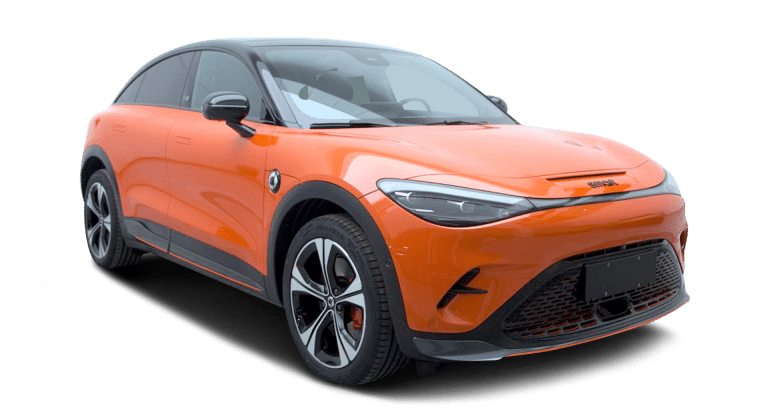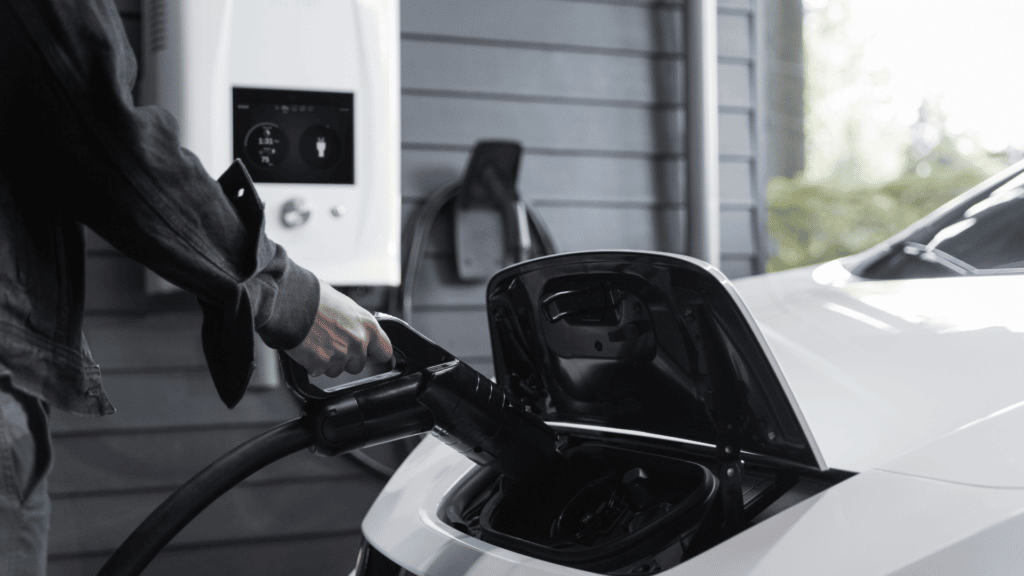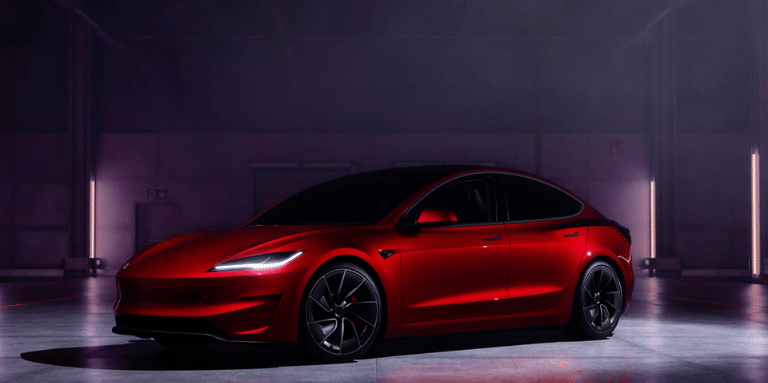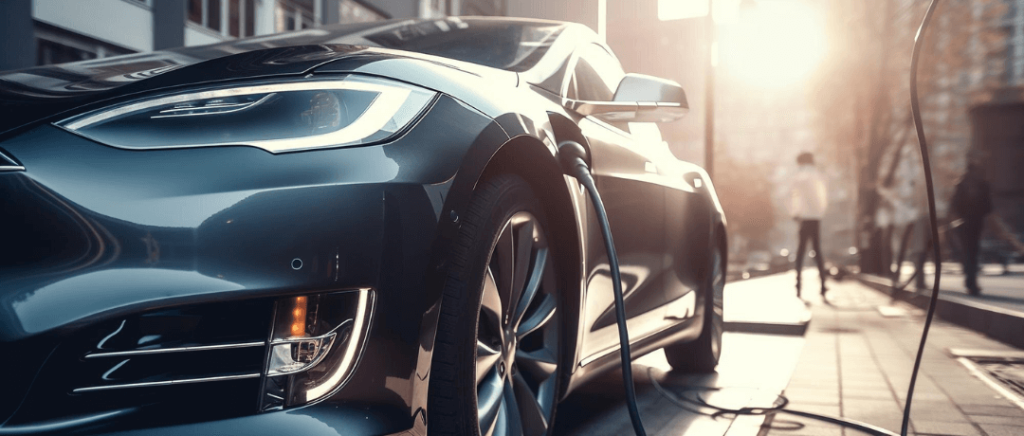What is vehicle-to-grid (V2G)?
Technical definition
V2G (Vehicle-to-grid) refers to a system where rechargeable electric vehicles, such as battery electric vehicles (BEVs), plug-in hybrid vehicles (PHEVs) or hydrogen fuel cell electric vehicles (FCEVs) can recharge, but can also re-distribute their electrical energy back into the grid, powering the owner's home and making them money.
The electricity is mainly fed into the grid by a renewable system - such as a wind farm - and stored in the energy storage container.
And what practical use is it?
In simple terms, when an electric vehicle is plugged in, it can recharge or discharge electricity into the power grid. This can be useful, for example, during peak consumption periods. This process will enable electric car owners to sell energy to the grid. Utilities could also use electric cars as a source of "back-up" if demand increases.
Vehicle-to-grid (V2G) technology would be perfect for our already stressed national grid. By balancing the load of electric cars coming onto the market in the next few years, vehicle-to-grid (V2G) offers the possibility of integrating them smoothly and easily. With an intelligent system, they could even help stabilize the grid and reduce the need to upgrade existing grid infrastructure. According to EDF, 50% of vehicles park permanently at home, and 69% of vehicles remain parked for at least 6 hours a day on average in a reserved space.
An electric vehicle remains stationary for 95% of the time on average. This represents an unprecedented opportunity for energy suppliers, who thus have a stock of energy available in the event of peak consumption.
There are also other technologies, such as V2L and V2X. To find out more about the differences between them, read our article on the subject: V2G, V2L, V2X: what are they and what are they for?
1.2 million electric cars in France by 2023
Unlike Japan, France doesn't suffer major earthquakes or violent storms. We rarely suffer power cuts. But the vehicle-to-grid (V2G) concept - using the electric car as an energy source - could well have great potential for us. Not as an emergency power source, but as a means of storing renewable energy. The demand for green energy will increase in the years to come. We no longer wish to use coal and fossil fuels because of their harmful effect on the environment.
If the government's projections prove accurate, there will be over amillion electric cars on French roads by 2023. In theory, this means there will also be over a million batteries that can be used to supply or temporarily store energy while connected to a charging station.
A number of tests are currently underway, with the aim of making V2G - vehicle-to-grid - widely available in the near future.
Manufacturers test vehicle-to-grid (V2G) in Europe
Renault has begun testing vehicle-to-grid (V2G) in Portugal and the Netherlands on some twenty Renault Zoé models.
Renault Zoé Porto Santo
On the small island of Porto Santo, the "Sustainable Porto Santo - Smart fossil free island" test began in 2018. French carmaker Renault is working with local company Empresa de Eletricidade da Madeira (EEM) to test a smart electric ecosystem on the island.
EEM is responsible for the production, transmission, distribution and sale of energy in the Autonomous Region of Madeira, which includes the islands of Porto Santo and Madeira. Other project partners include France's Bouygues, German recharging solutions provider The Mobility House and Swedish-Swiss automation company ABB. The program aims to accelerate the island's energy transition and minimize itscarbon footprint, with a particular focus on V2G technology.
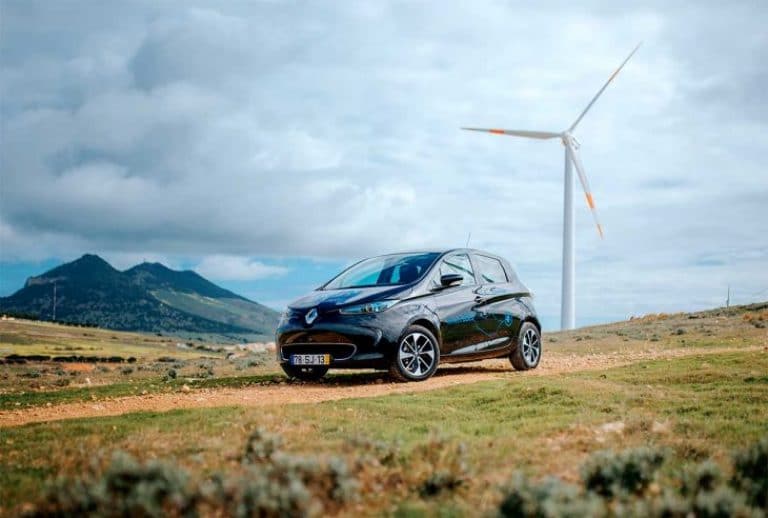
A promising three-stage project
The project will take place in three phases. In the first, twenty Porto Santo volunteers will drive Renault's EV ZOE and Kangoo Z.E.s for their regular daily use. The vehicles will recharge at the 40 charging points already installed on the island for "intelligent" recharging.
The second phase will focus on V2G technology. This innovative system injects excess energy from parked vehicles into the grid during peak hours, serving as a temporary storage unit as well as being intelligently charged.
The third and final phase will involve the use of second-life batteries. These will be recycled from Renault electric cars that have been retired or whose batteries have been upgraded. Naturally, an integrated, stationary storage system is essential to ensure optimum use of the energy generated by the island's solar and wind farms, and to avoid waste.
Towards a sustainable city
What's more, this measure eliminates the production and material extraction costs associated with the use of new batteries, as well as the environmental problems that battery recycling can entail.
The ultimate goal is to create a sustainable island powered by renewable energies. And this will be possible thanks to its intelligent, autonomous ecosystem. If the project succeeds, it could serve as an example for other islands, towns and regions.
Nissan Leaf in Amsterdam
For the first time in the Netherlands, an electric car has fed electricity into the public grid via a V2G - vehicle-to-grid - charging station. This historic energy transfer was part of a trial conducted by Nissan, the car-sharing initiative Buurauto, NewMotion, energy supplier Alliander and Amsterdam Smart City. One of Buurauto's Nissan LEAFs was able to deliver energy to homes via one of NewMotion's vehicle-to-grid (V2G) charging stations.
Amsterdam Smart City said the trial is an important step in the transition to sustainable energy: energy from shared electric cars could act as a valuable buffer to compensate for inconsistencies in solar and wind power, ensuring optimal sustainable energy efficiency.
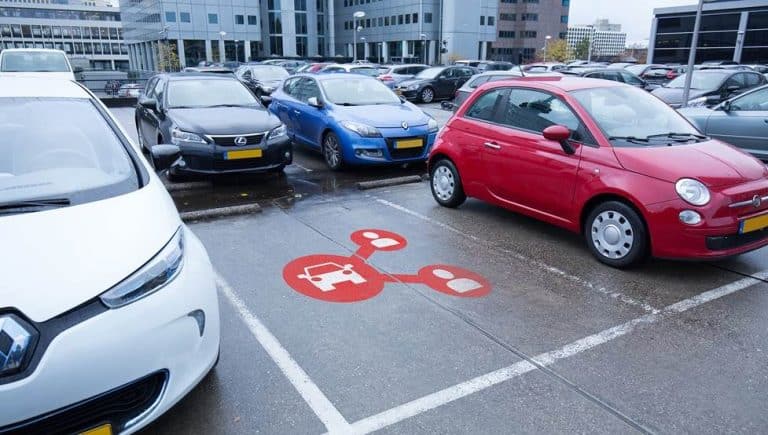
Is this a feature desired by electric car drivers?
V2G (vehicle-to-grid) at home
Electric car drivers can be an obstacle in themselves to this technology. In order to use it, users will have to constantly indicate when they are leaving home. This means they would have to be prepared to sacrifice a little flexibility. Add in the various constraints of electric cars, and this may put the brakes on some motorists. This also brings us to the issue of privacy: do we really want to communicate when we get home? When we're away? These are questions we need to ask ourselves before popularizing the use of this technology.
Drivers of electric vehicles should be able to adapt the settings to their personal preferences as far as possible. They should also be able to interrupt charging unexpectedly if they need to use the car.
A strong financial incentive is also needed to compensate for the technology's current lack of flexibility.
Vehicle-to-grid in the office
A more obvious opportunity is the use of V2G within offices. Given the limitations of using vehicle-to-grid at home, we could think of a more pragmatic use. In the working environment, energy is needed during the day to power the offices. And that's exactly when vehicles are parked and not in use. In this case, they could store and supply energy to power the offices.
Although Vehicle-to-Home and Vehicle-to-Office applications may have a very similar structure - both involve a closed microsystem - there are significant differences. The first is the energy consumption and availability of the electric car.
In the working world, energy demand is highest during the day. This is exactly when most company vehicles are parked outside. They are therefore available to store or supply energy (e.g. solar power). This enables us to cope with peaks in electricity supply and demand.
This is not the case in a house. The vehicle is not usually parked during the day, when it could be storing the maximum amount of energy (e.g. in the case of solar power). When people return home, the demand for energy increases, but the car also has to recharge. So there's no surplus to supply. Supply and demand are not as well aligned in this case.
A real opportunity for companies
The question of energy is becoming increasingly urgent for businesses. We can already do a lot with smart charging, but we can do even more with vehicle-to-grid (V2G).
The process becomes even more interesting with a large fleet of electric cars. Vehicle-to-grid (V2G) will make it possible to trade a larger quantity on the energy market (or mandate someone to trade it). It's easier to predict the availability of cars and their batteries - or perhaps even control them.
The combination of all these factors - opportunities in the energy market, increasing solar panel efficiency and smarter, more efficient energy use - means that "Vehicle-to-Office" is currently the solution with the most potential of all V2G applications.
What impact does V2G have on battery life?
"V2G and intelligent battery charge control can actually increase battery life."
According to Ian Cameron, Head of Innovation, UK Power Networks, the electric car is an opportunity. Some motorists are reluctant to switch to electric cars because of the pollution involved.
Good to know: even when consuming polluting energies (like coal, for example), an electric car is still less polluting than a combustion-powered vehicle.
V2G doesn't change battery production, but it does extend battery life. By extending battery life, the harmful effects of battery production are smoothed out over time. What's more, we'll have less need to produce them, which will give us time to find more sustainable production solutions.
It's also worth noting that electric cars are relatively new to the market. The more electric vehicles there are on the market, the better the technology will be. So we're well on the way to even less polluting vehicles.
